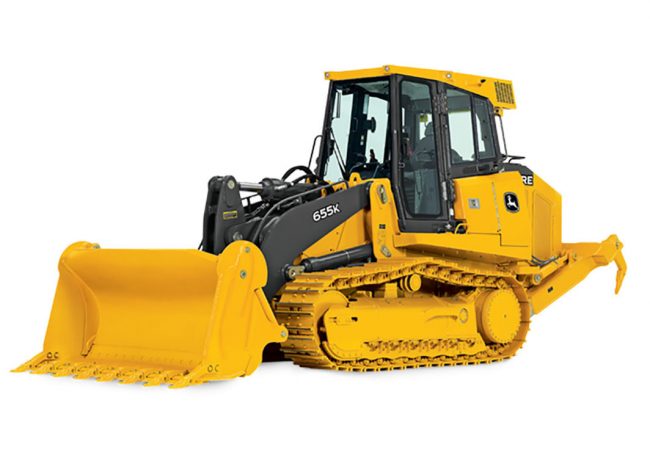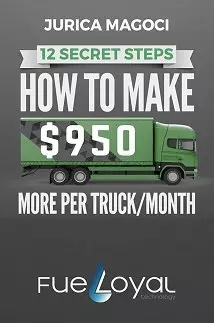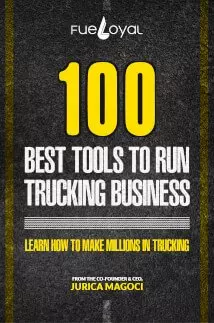Nevertheless, the construction of the bulldozer itself is not as complex as one might think.
Thereupon, the bulldozers are composed of a wide flat blade in the front. The blade can be maneuvered with the help of the two hydraulic pistons.
Wanna Become a Truck Driver and Make Up To $2500 per week?
2. Front Loaders
On the other hand of the most popular types of construction vehicles we have the front loaders.
The front loader comes on the “construction stage” right after the bulldozer has pushed away the debris and dirt to the side of the construction site.

In the first place, the front loaders are used for the process of loading the dirt and debris on to the dump trucks.
Yet, the front loaders have a single negative side. Which is the limitation of not being able to scoop or dig dirt lower than the ground level.
3. Dump Trucks
We are all well familiar with dump trucks.
Yet, not all people know that dump trucks are in fact one of the most popular types of construction vehicles. In general, dump trucks are used in the construction industry for the purpose of hauling the dirt and debris away from the construction site.






